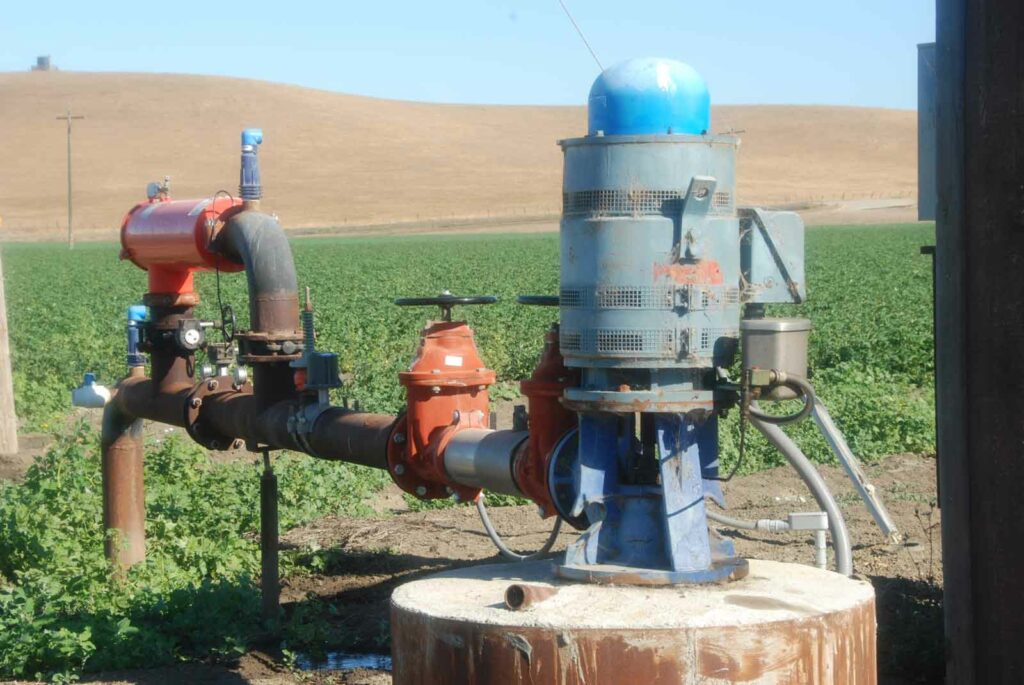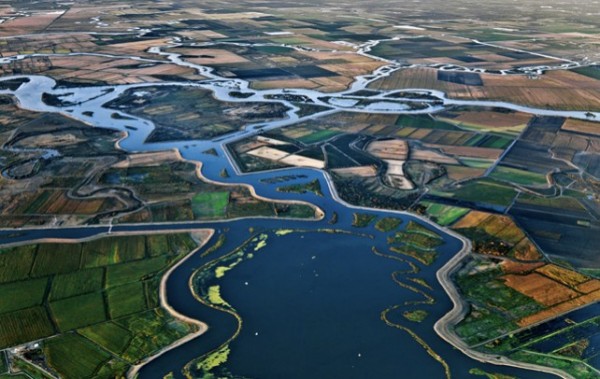Courtesy of the Water Resources Association of San Benito County:
Our state’s wet season, which generally spans from October through the end of April, has been below average this year. Although late season storms have helped, we have seen about 55% of our average precipitation and snowpack since October.
The impact of these below average numbers is somewhat dampened because the last couple of years have been dry, but not too dry, so there is decent levels of soil moisture and groundwater. Next year could be different.
Most of California’s water users have become prepared for dry years and droughts over the last 150 years by adopting a portfolio of infrastructure and actions. For most major cities and many agricultural areas, these preparations are enough for most multi-year droughts.
By the third and fourth dry years, ecosystems and human water supply systems go from straining to breaking. In long multi-year droughts, cities can be forced to ration water, farmers must consider sacrificing their most profitable crops, more rural drinking water supplies are left dry by declining groundwater, and salmon runs can no longer rely on stored cold water.
The difficulties of managing drought increase with a drought’s duration. Most of California, even ecosystems, are adapted to a long single dry season, preceded by a wet season.
The consequences of drought can be catastrophic, but they are hard to detect. Three important clues that drought is coming—low accumulated rainfall, a lack of soil moisture, and high air temperature usually proceed a drought.
Forecasting drought months into the future is even harder. Weather forecasts stretch out only a few weeks. Moving beyond that requires an understanding of large-scale climate patterns that influence weather over months or years. One of the more prominent examples is the El Niño–Southern Oscillation, a pattern of winds and surface temperatures in the tropical Pacific Ocean that shifts every few years, altering global weather in a myriad of ways. But the connection between the ocean and distant weather patterns are poorly understood, and water agencies can be leery of relying on them for long-term drought predictions. They want evidence from real-time monitoring that drought is on the way.

What should be done?
Although we don’t have good visibility into the future, we must prepare for this year to be dry and prepare for next year to be dry. Preparation is key to reducing the impacts of dry years. The San Benito County Water District, with its partnership with other water agencies, has plans in place for such occurrences. These plans include, but are not limited to, water storage that includes surface water and groundwater management, water trading, recycled water and water conservation practices and procedures.
But our water supply is also contingent on every citizen making sure they are using water efficiently and not letting any go to waste. It’s essential!
May is Water Awareness Month. It’s a good time to review your families personal water usage, check for leaks inside your home and, more importantly as we quickly approach the peak irrigation season, check all outside faucets, sprinklers and valves for any leaks. Get a pool cover if you own a pool. Any small action to conserve water is good. As a community, small actions mean a lot if added up collectively.
For water saving tips go to: www.wrasbc.org or call 831.637.4378 to speak with a Water Conservation Specialist.






